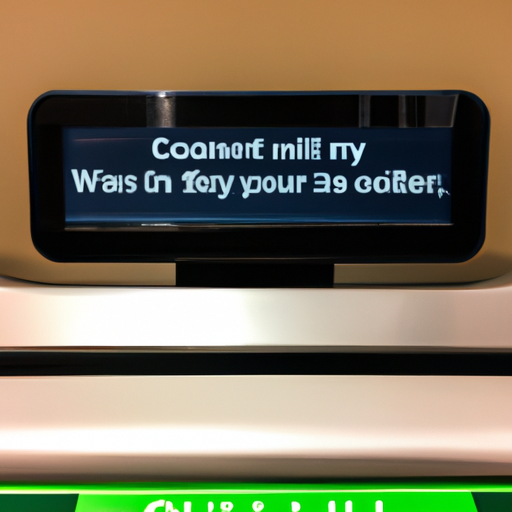Self-checkout machines have become increasingly popular in supermarkets and retail stores, offering shoppers the convenience of a quick and efficient way to pay for their purchases without having to wait in long lines at the traditional checkout counters. While self-checkout promises ultimate convenience, many customers have mixed feelings about their overall experience with these machines.
Pros of Self-Checkout
- Quick and efficient way to pay for purchases
- Allows customers to bypass long lines at traditional checkout counters
- Offers privacy for customers who prefer to check out their items on their own
- Reduces the need for additional staff at checkout counters
Cons of Self-Checkout
- Difficulties with scanning items, especially those without barcodes
- Technical glitches and malfunctions that can slow down the checkout process
- Lack of human interaction and customer service
- Potential for theft and fraud due to limited supervision
While self-checkout machines offer the promise of convenience, they may not always live up to customers’ expectations. Some shoppers find them frustrating to use, citing issues with scanning items, technical glitches, and a lack of human interaction. Additionally, concerns about theft and fraud have raised questions about the effectiveness of self-checkout in preventing these issues.
Ultimately, whether self-checkout is doing its job depends on the individual customer’s experience. While some may find it to be a time-saving and efficient option, others may prefer the personal touch of interacting with a human cashier. As technology continues to evolve, it will be interesting to see how self-checkout machines adapt to meet the needs and expectations of customers in the future.
